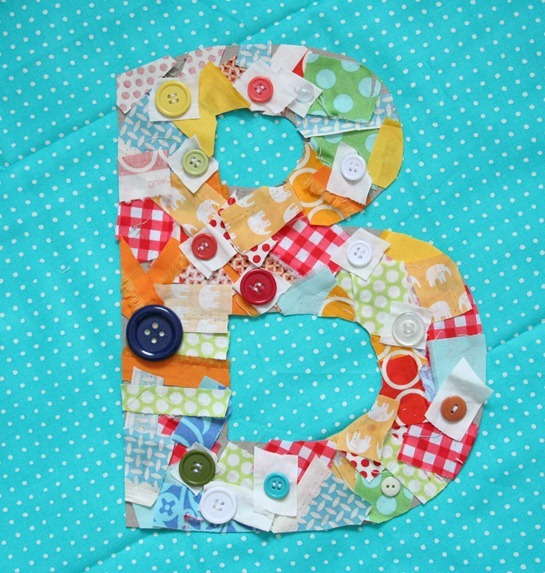Why organize at all? Well, organizing your fabric stash will give you a sense of control, make you more productive (yes to more craft projects!), help you save time and money, and more importantly, clear your cluttered mind. Store all your leftover fabric from FabricLovers.com and wait for the opportune time to use them.
DesignMom.com shows us how to organize extra fabric scraps using letter holders. These letter holders not only serve as storage but a wall decor as well. Fold fabric in same sizes to display them uniformly.
We seldom use compact discs or CDs nowadays so put your CD shelf or CD cabinet to good use. You need to cut or fold fabric pieces into same sizes to fit into the shelf. This photo from TwoMoreSeconds.com features a versatile space-saving furniture.
Have you checked out the ClipItUp.com store? They offer quality storage solutions using Clip It Up mounts, bases, and extensions. This setup from KatiesQuiltingCorner.com is great for small cuts of fabric. You can purchase more clips from the online store to fill up the spaces.
Wire bins also make interesting storage for your fabric. ShannonDarrough.com shows how to organize your stash by color. Color coding and labeling are both fun ways to organize. It would be easier for you to search through layers and layers of cloth.
ThinkingCloset.com has this DIY fabric filing that uses Pendaflex hanging folders. Cut the folders in half and hang the folder together with the fabric inside a filing cabinet. This is a great way to keep textiles neat and dust-free.
By getting your fabric stash, craft room, and the rest of your home organized, you'll be surprised to have more usable space (for more fabric). If you haven't stocked up in a long time and you're running out of fabric to use, visit FabricLovers.com for new arrivals.













































